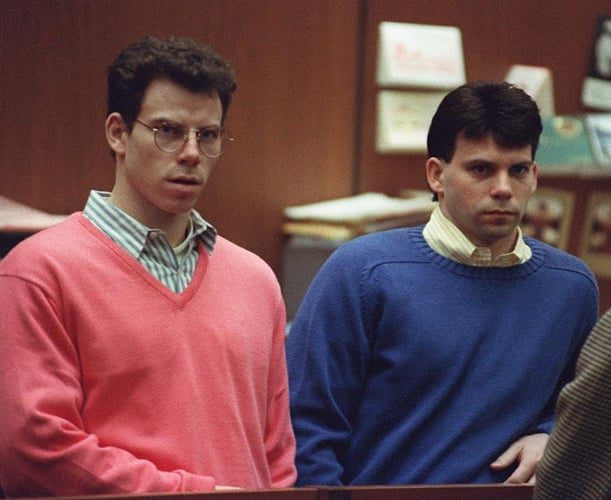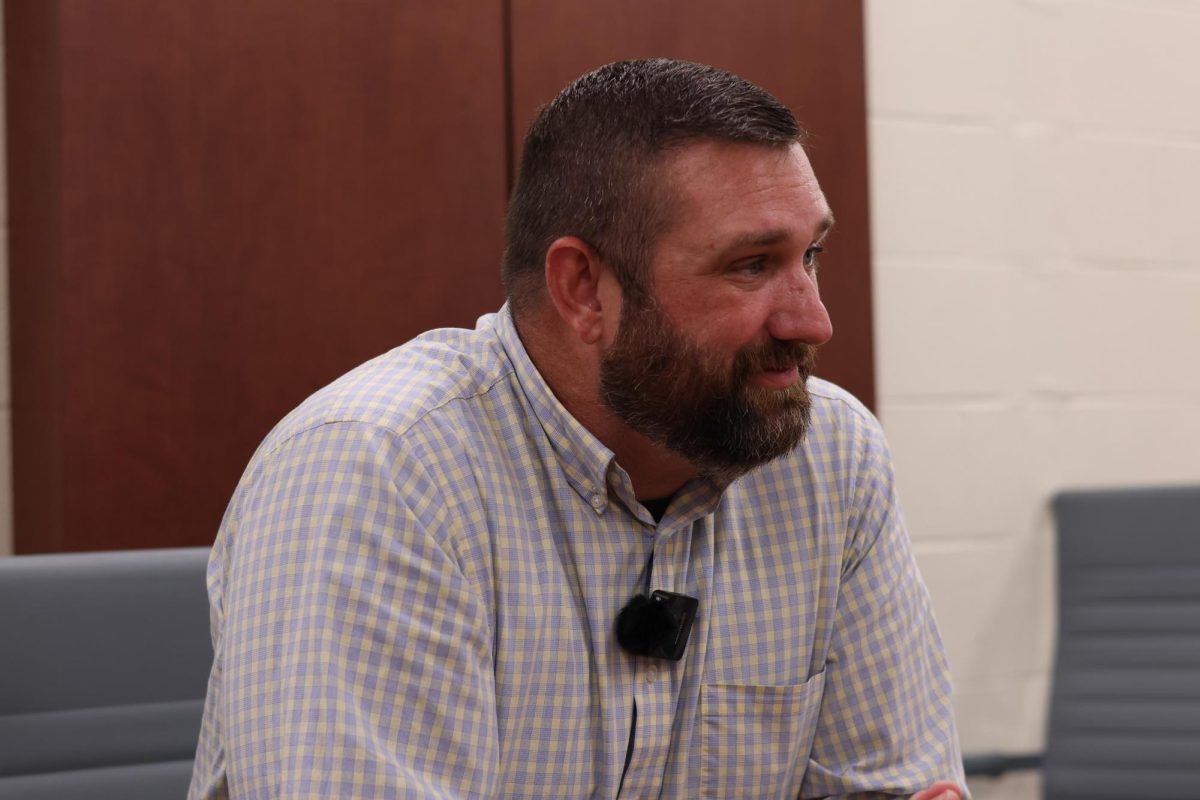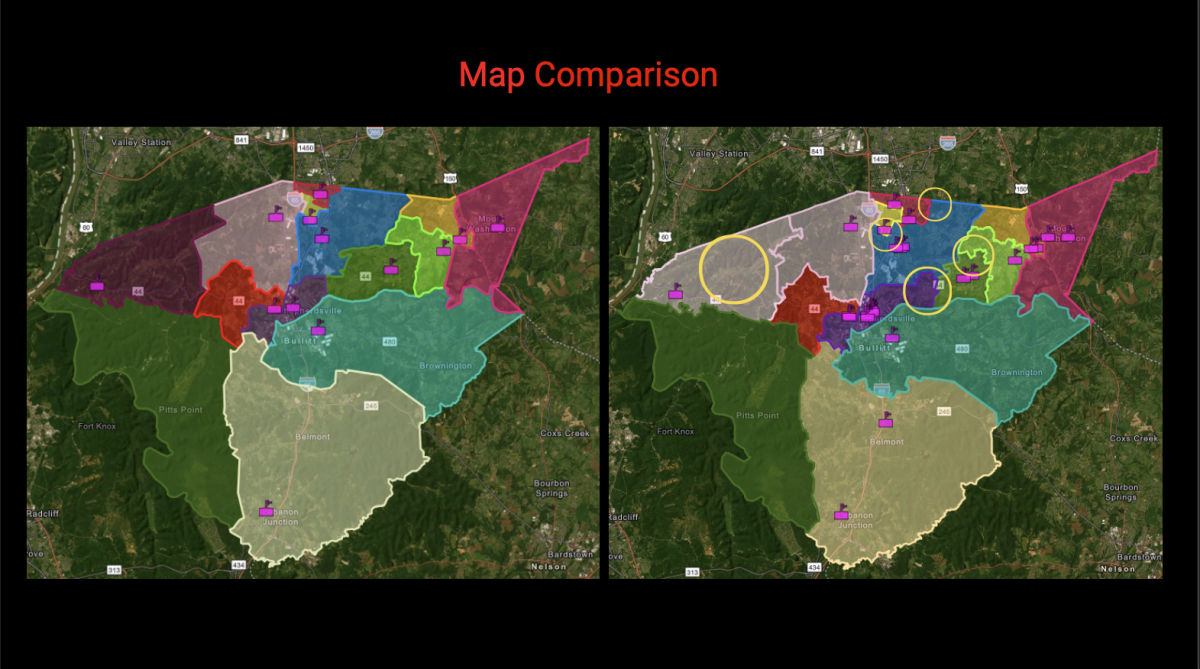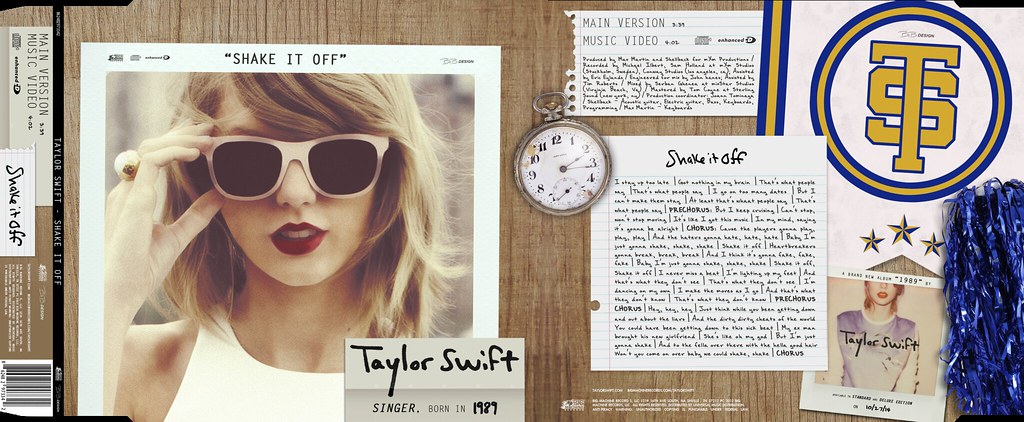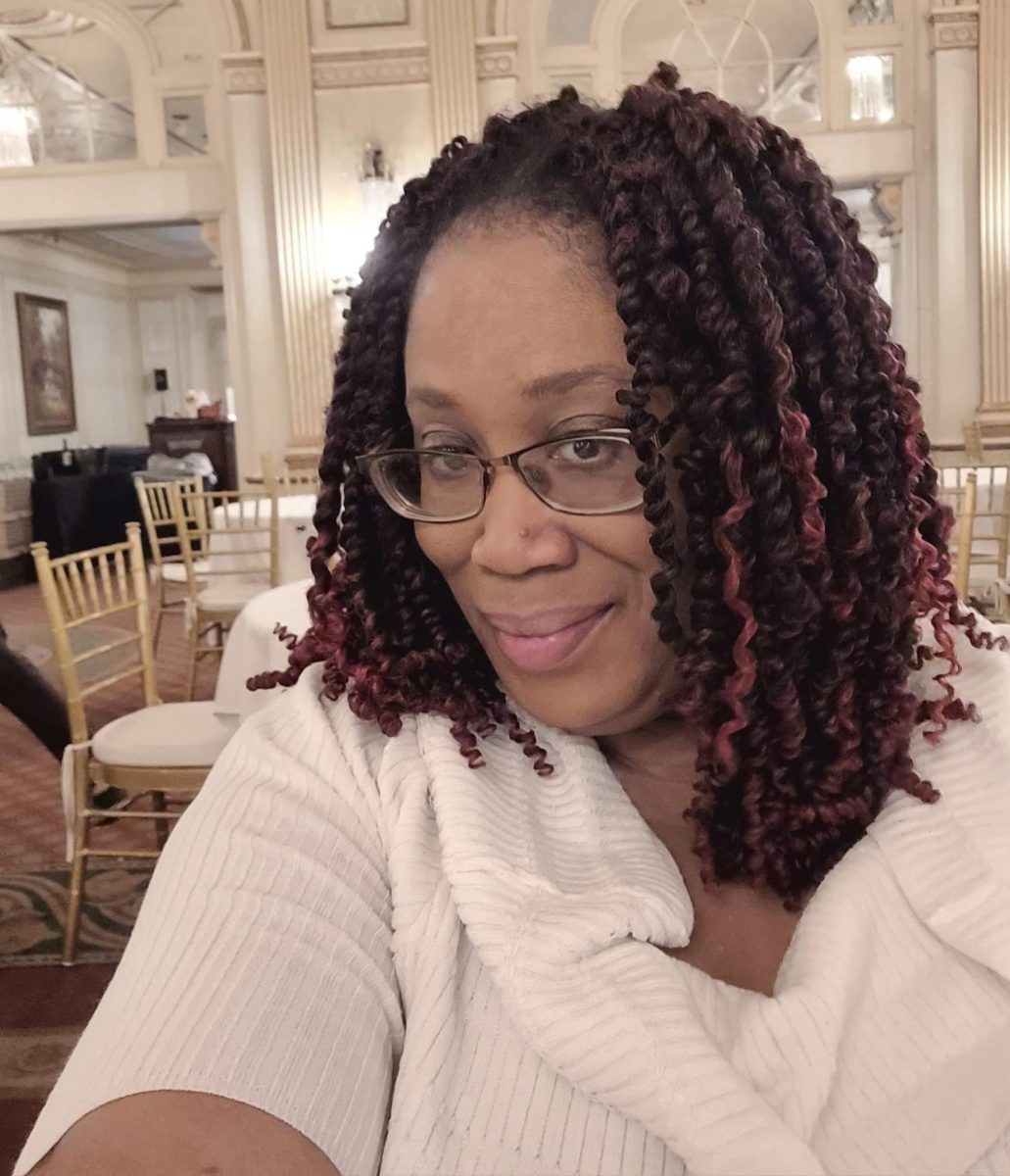Don’t dream it’s over, blame it On The Rain
The Menendez Brothers case centers around Lyle and Erik Menendez, who were convicted for the 1989 murders of their wealthy parents, José and Kitty Menendez, in their Beverly Hills home. Initially, the brutal killings shocked the nation, and the brothers became suspects after they were seen spending generously in the months following the murders. In their defense, Lyle and Erik claimed they endured years of physical, emotional, and sexual abuse by their father, which they argued led them to commit the murders out of fear and desperation. The case drew significant media attention due to the sensational nature of the allegations, the family’s privileged background, and the courtroom drama, including televised trials. The brothers were ultimately found guilty of first-degree murder and sentenced to life in prison without the possibility of parole.
I. Background of the Menendez Family
The Menendez family was a prominent and wealthy family living in Beverly Hills, California. José Menendez, originally from Cuba, was a successful entertainment executive. After immigrating to the United States, he attended Southern Illinois University, where he met Kitty Andersen, a former beauty queen and teacher. The two married in 1963 and settled in New York before relocating to California. José quickly established himself in the entertainment industry, eventually working as an executive at companies like RCA, where he played a role in discovering and promoting major music acts, bringing the family significant wealth and social status.
Kitty Menendez, though known for being a devoted mother, reportedly struggled with depression and substance abuse, and her relationship with José was rumored to be full of tension. The Menendez sons, Lyle and Erik, enjoyed lives of privilege, attending the best schools and participating in activities like tennis. However, behind their wealthy image, family life was allegedly marked by strict discipline, high expectations, and, according to the brothers, physical and emotional abuse at the hands of their father.
II. The Murders of José and Kitty Menendez
On the evening of August 20, 1989, José and Kitty Menendez were brutally murdered in their Beverly Hills mansion. The couple was seated in their living room, reportedly watching television, when their sons, Lyle and Erik Menendez, entered the room armed with shotguns. The attack was gruesome—José was shot multiple times, including once in the back of the head, which was instantly fatal, while Kitty, who attempted to flee, was also shot repeatedly as she tried to escape. The scene was staged to resemble a mob hit, with the brothers hoping to divert suspicion away from themselves.
After the murders, Lyle and Erik claimed to have found their parents’ bodies and called 911, appearing shocked and devastated. For several months, the brothers avoided suspicion and even indulged in a wealthy spending spree, using their inheritance to purchase luxury items, travel, and live extravagantly. However, their high spending behavior began to raise questions. Eventually, Erik confessed to his therapist, Dr. Jerome Oziel, who recorded their sessions. The recordings, which captured Erik’s confession to the killings, would later become a key piece of evidence in the investigation and the following trials. The brutal nature of the murders, coupled with the family’s rich status, made the case a high-profile media sensation.
III. The Arrest and Initial Investigation
The investigation into the murders of José and Kitty Menendez initially focused on theories of a mob hit or business retaliation, given José’s high-profile career and the brutality of the killings. However, as detectives delved deeper, suspicions began to turn toward Lyle and Erik Menendez. Their erratic behavior and lavish spending following their parents’ deaths—buying luxury cars, expensive clothes, and even a restaurant—appeared out of character for grieving sons and raised red flags with investigators.
The breakthrough in the case came when Erik confessed to his therapist, Dr. Jerome Oziel, revealing details of the crime. Lyle and Erik also discussed the murders in therapy sessions that Dr. Oziel recorded. When Oziel’s ex-girlfriend learned of the confessions, she reported them to the police, leading authorities to seize the recordings. The tapes, which captured the brothers admitting to the murders, became the foundation for the prosecution’s case, though their admissibility sparked a major legal battle over doctor-patient confidentiality. In March 1990, nearly seven months after the murders, Lyle and Erik Menendez were arrested. The recordings and the brothers’ suspicious financial activities shifted the investigation’s focus onto them.
III. The Trial
The trial of Lyle and Erik Menendez became one of the most widely publicized court cases of the early 1990s, captivating the nation with its mix of wealth, violence, and shocking family secrets. Prosecutors argued that the murders were motivated by greed, as the brothers stood to inherit a multimillion-dollar estate. They highlighted the brothers’ extravagant spending after the murders as evidence of their desire to escape their father’s strict control and enjoy their family’s wealth freely. The defense, however, presented a dramatically different narrative, arguing that Lyle and Erik had been subjected to years of severe physical, emotional, and sexual abuse by their father, José and that their mother, Kitty, was complicit in this abuse. The brothers claimed that the killings were committed out of fear and desperation, believing they had no escape from their abusive household.
The trial was marked by intense emotional testimony, especially from Erik, who recounted the alleged abuse. The defense’s portrayal of José Menendez as a monstrous figure and Kitty as an unstable enabler shocked viewers and created significant public sympathy for the brothers. The first trial, broadcast live on national television, ended in a hung jury, as jurors were deeply divided between those who saw the brothers as victims of abuse and those who believed they were motivated by greed. A second trial in 1995 barred much of the abuse evidence. Without this context, both brothers were convicted of first-degree murder and sentenced to life in prison without the possibility of parole.
IV. Public Reaction and Media Coverage
The public coverage and reaction of the Menendez brothers’ case was highly polarized and sometimes even a little excessive. This case ignited nationwide the moment the murders were discovered, largely due to the shocking nature of the crime–two young, privileged men killing their wealthy parents in a seemingly cold-blooded manner inside their Beverly Hills mansion. In the media, the brothers were often portrayed as being spoiled and bratty, with everything being handed to them in their lives. In reality, these brothers were constantly abused by their father their entire lives, leading up to adulthood, with a mother who would stand by and act as if she had no clue. This rightfully pushed them over the edge and into murdering their parents that Sunday night. On top of that, having reporters swarming their homes and following them around constantly sent them over their breaking point and later made Erik so overwhelmed he felt the need to confide in someone, sending him to Dr. Oziel and further confessing the killings of his parents.
VI. Verdict and Sentencing
The trial took place from July 1993 up until July 1996. Within these three years, the Menendez brothers constantly recall, in excruciating detail, the horrific abuse their father had subjected them to over many years. The defense provided graphic images of the brothers that their father had taken of them, depicting multiple bruises or wounds on the brothers and some even have some sort of sexual connotation to them. After having to retrial due to a hung jury, in mid-July of 1996 the brothers were finally convicted of first-degree murder of José and Kitty Menendez. These photos were very vital to the case due to the fact they supported the claim that they were physically and sexually abused by their father. The brothers’ testimony painted a picture of what it was like living in that household and how they had to overcome the fears they had of their parents.
VII. Legal and Social Impact
In recent years, this case has resulted in interest, especially on social media. On platforms such as TikTok, this case is being introduced to younger generations, who have a new outlook on the case. Many videos dissect the relationship between the brothers and the parents. The case has been revived in pop culture as well with the debut of the HBO Max shows, ‘Monsters: The Lyle and Erik Menendez Story’. This show depicts the brothers before, during, and after the murder of Kitty and Jose Menendez. It explores the psychological toll of growing up in an abusive household showing the brothers as victims of their father’s ruthless and violent sexual, physical, and mental abuse. This renewed attention has not only brought the case back into the spotlight but also helped the conversation shift toward the understanding of trauma, mental health, and how the justice system handles complex abuse-related defenses.
VIII. The Menendez Brothers Today
Lyle and Erik Menendez’s case will always be one of the most infamous in America’s true crime history and sheds light on discussions surrounding abuse, including physical, mental, or sexual. Many believe that if this case were to be brought up today, a courtroom would handle it more carefully due to the fact we take these sensitive topics more seriously today. Lyle and Erik have spent 34 years in prison and weren’t able to enjoy things like growing into adulthood outside of a prison cell. The Menendez brothers’ case significantly impacted both public perceptions of domestic abuse and the legal treatment of trauma victims. This case sparked a national conversation about what constitutes self-defense or constitutes pre-planned murder.
The Menendez brothers became a public symbol of how privileged and upper-class families can be just as violent or traumatic as publicly dysfunctional families. While many people sympathized with them as victims of abuse, others believed their actions were inexcusable. Over time, people became more and more sensitive towards topics dealing with abuse. This shift is what has made America sympathize with the brothers even more than before. This case is a great example of how we can learn how to treat victims of abuse who have committed violent crimes.

